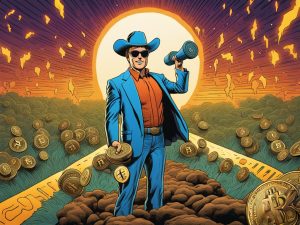From Ripple to XRP: The Evolution of a Top-Ranked Cryptocurrency
Welcome to the exciting world of Ripple and its renowned cryptocurrency, XRP! If you are reading this, you are likely curious about the journey and transformation of this remarkable digital asset. In this article, we will delve into the fascinating story of Ripple and the evolution of XRP, giving you a comprehensive understanding of its rise to becoming one of the top-ranked cryptocurrencies in the market today.
First, let’s start by addressing the question that might be on your mind: What is Ripple? Ripple is a technology company that provides a global payments network, enabling fast and low-cost international transactions. The company aims to revolutionize the traditional banking system by offering efficient cross-border payment solutions. Its flagship product, the RippleNet, connects banks and payment providers worldwide, allowing them to transact seamlessly.
Now, let’s dive into the evolution of Ripple’s native cryptocurrency, XRP. Introduced in 2012, XRP initially served as an integral part of the Ripple payment protocol. Its primary purpose was to facilitate faster and cheaper transactions within the Ripple ecosystem. XRP acted as a bridge currency, providing liquidity and enabling the seamless transfer of funds between different fiat currencies.
Over time, XRP gained significant recognition and adoption, becoming a standalone digital asset with its own identity. It started to be traded on various cryptocurrency exchanges, creating its market value independent of Ripple’s operations. Unlike Bitcoin or Ethereum, which are mined, all 100 billion XRP coins were pre-mined when the network launched, with a portion held by Ripple Labs.
One of the key factors contributing to XRP’s success is its blazing-fast transaction speed. While traditional banking systems can take days to settle cross-border transactions, XRP transactions typically settle in mere seconds. This speed and efficiency make XRP an appealing choice for individuals and institutions seeking swift transfers of funds.
Furthermore, the scalability of XRP is worth mentioning. While some cryptocurrencies face challenges with increasing transaction volumes, XRP has the potential to handle up to 1,500 transactions per second, making it an attractive option for global financial institutions. Its scalability, coupled with the low transaction fees associated with XRP transfers, positions it as an appealing asset for those looking for cost-effective international payments.
As XRP gained popularity, Ripple steadily expanded its partnerships and collaborations with major financial institutions around the world. These partnerships helped reinforce XRP’s credibility and increase its adoption throughout the financial industry. Notable institutions such as Santander, American Express, and Standard Chartered have integrated Ripple’s technology into their payment systems, leveraging XRP’s capabilities.
Now, let’s talk about the regulatory landscape surrounding XRP. As with any cryptocurrency, regulations play a crucial role in its development and acceptance. XRP has faced its fair share of scrutiny from regulatory bodies, particularly in the United States. The Securities and Exchange Commission (SEC) raised concerns about whether XRP should be classified as a security. This ongoing legal battle has undoubtedly affected XRP’s market dynamics but has not hindered its progress entirely.
Looking ahead, what can you expect from XRP? The future of XRP rests on various factors, including regulatory developments, market demand, and technological advancements in the blockchain space. Ripple continues to collaborate with financial institutions and explore new use cases, aiming to revolutionize global payments using XRP as a bridge currency.
Frequently Asked Questions (FAQs)
1. How is XRP different from Bitcoin and Ethereum?
XRP differs from Bitcoin and Ethereum in several ways. Firstly, while Bitcoin and Ethereum are mined, XRP was pre-mined, with all coins released at once. Additionally, XRP offers incredibly fast transaction speeds compared to Bitcoin’s slower confirmation times. Finally, XRP’s primary focus lies in facilitating international payments, while Bitcoin and Ethereum serve broader purposes as decentralized platforms.
2. Can I mine XRP?
No, you cannot mine XRP. All XRP coins were pre-mined when the network launched, and mining is not part of XRP’s consensus mechanism. Instead, XRP operates on a consensus algorithm called the XRP Ledger, which maintains the transaction history and ensures the network’s integrity.
3. Is XRP a good investment?
As with any investment, it is essential to conduct thorough research and consider individual factors before making a decision. XRP’s market potential and partnerships with major financial institutions may make it an attractive investment option for some. However, it’s important to note that the cryptocurrency market is highly volatile, and prices can fluctuate dramatically.
4. How can I buy XRP?
To purchase XRP, you can visit various cryptocurrency exchanges such as Coinbase, Binance, or Kraken. These platforms allow you to buy XRP using fiat currency or other cryptocurrencies. It’s crucial to ensure that you choose reliable and reputable exchanges with adequate security measures in place.
5. What is the total supply of XRP?
The total supply of XRP is 100 billion coins. However, it is important to note that not all XRP is currently in circulation. A portion of the coins is held by Ripple Labs, the company behind Ripple, and is subject to different distribution strategies.
In conclusion, the journey of XRP from being an integral part of Ripple’s payment protocol to becoming a prominent cryptocurrency in its own right has been remarkable. With its lightning-fast transaction speed, scalability, and global partnerships, XRP has established itself as a competitive player in the cryptocurrency market. While regulatory challenges persist, Ripple’s dedication to innovation and global financial solutions may pave the way for a promising future for XRP.

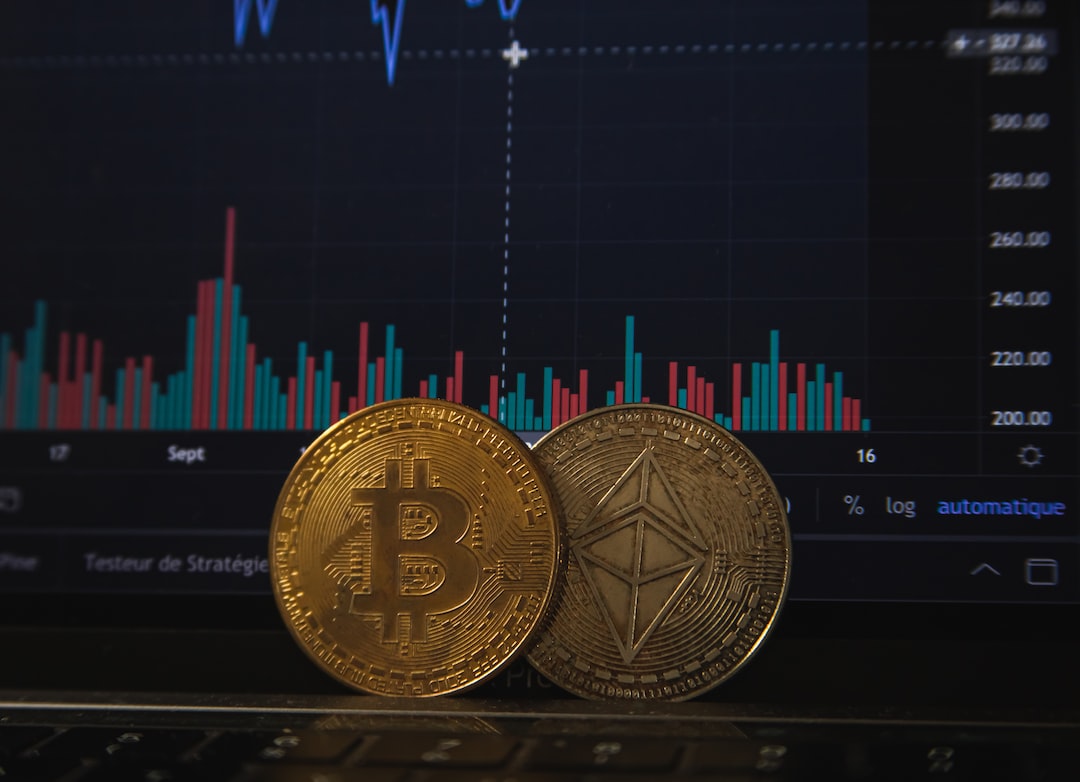
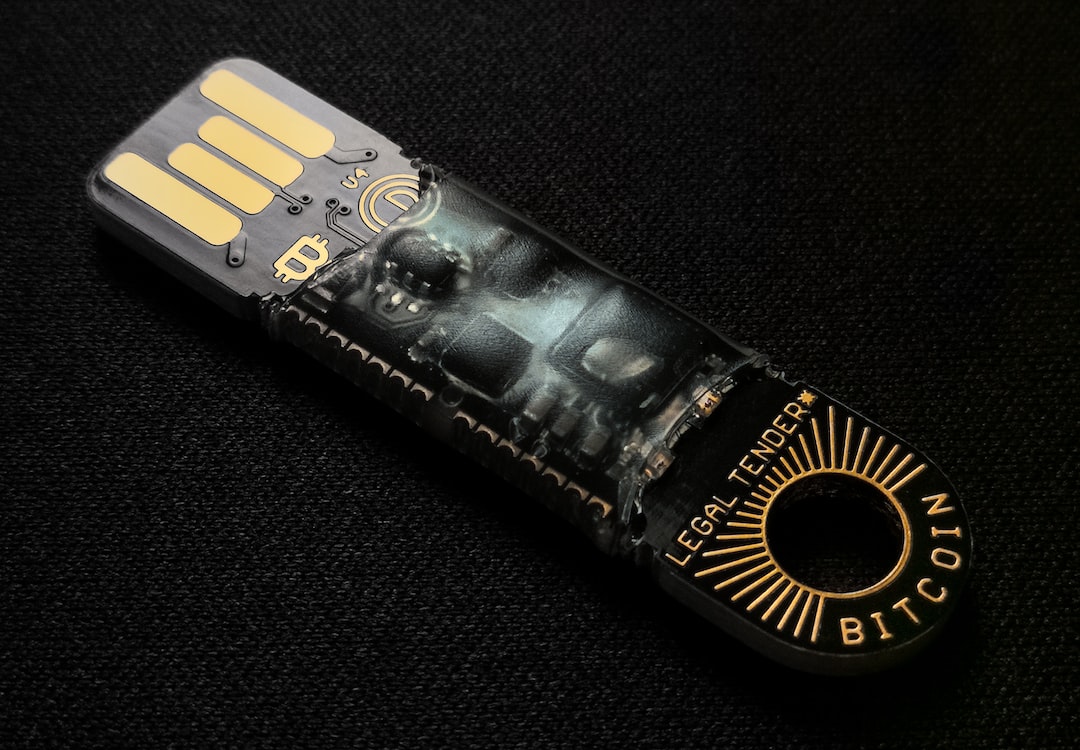
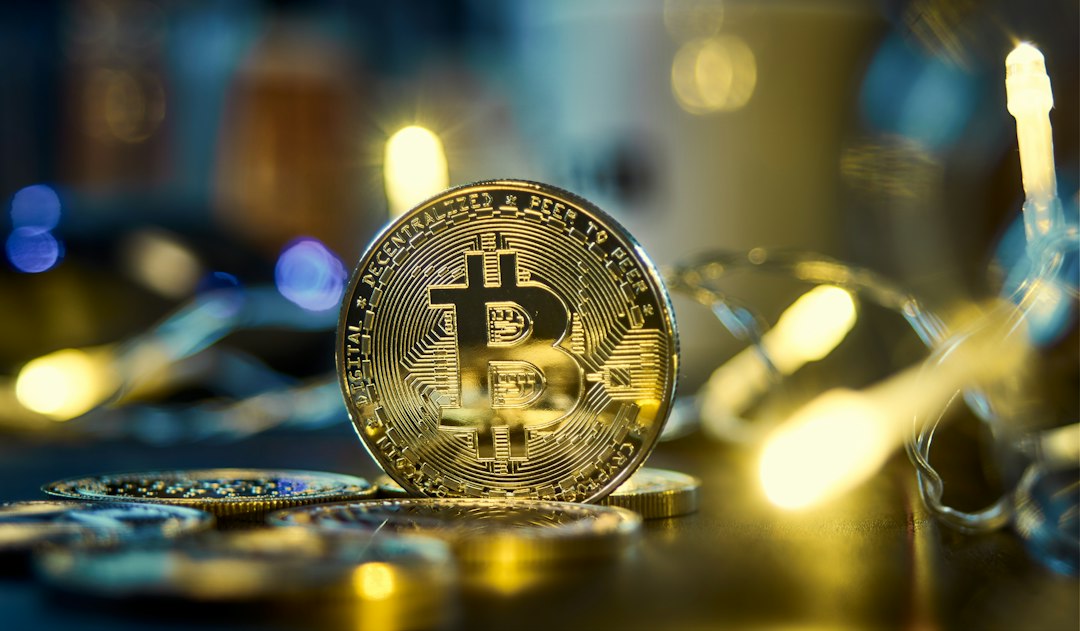
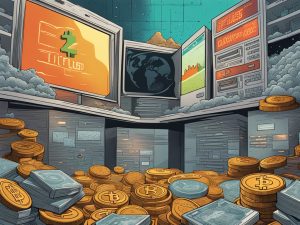
 By
By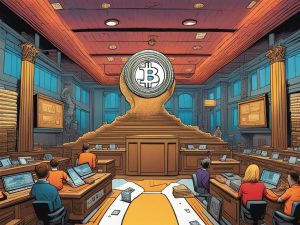
 By
By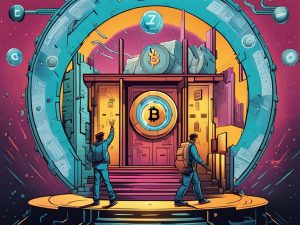
 By
By
